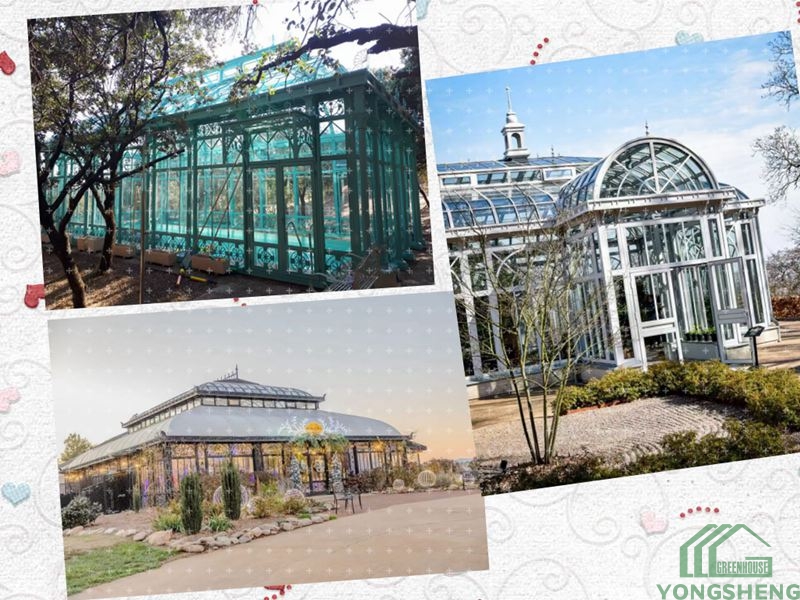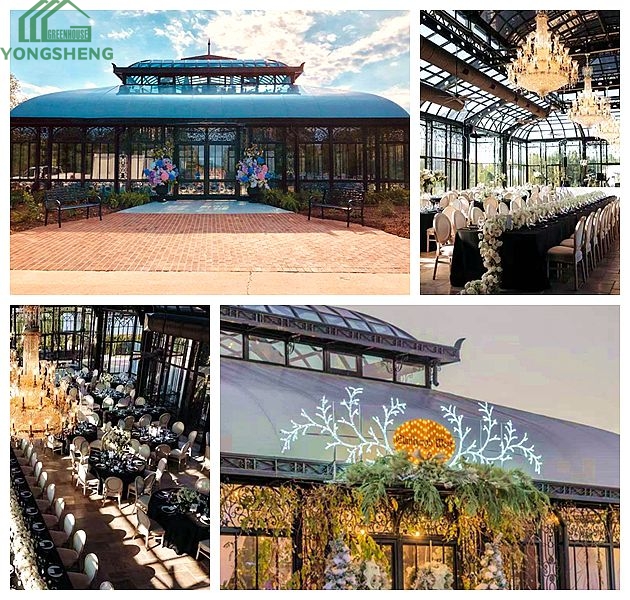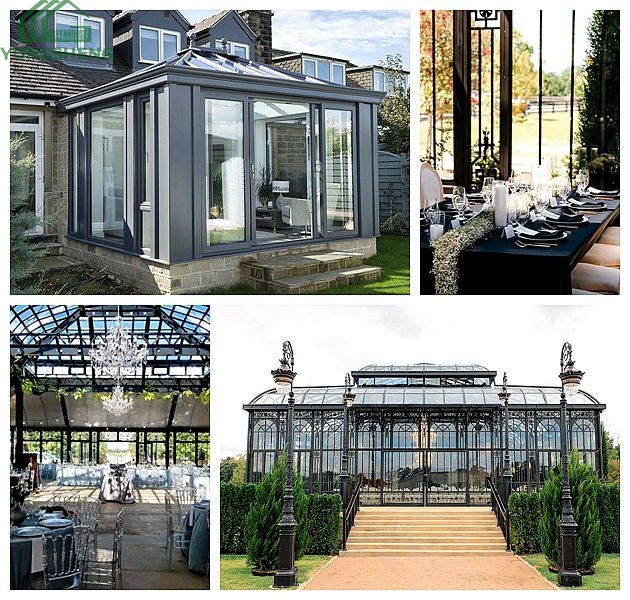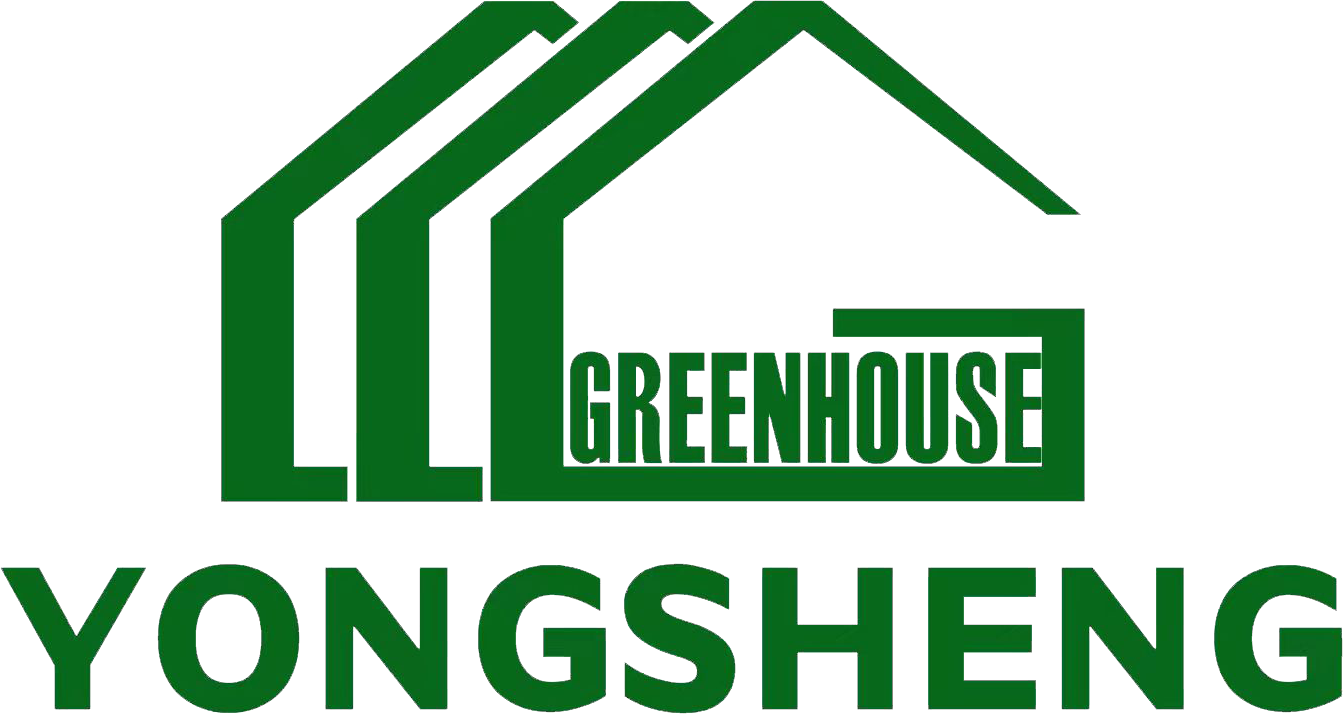
The Timeless Appeal of Victorian Greenhouses: A Design Guide

Victorian greenhouses have long been celebrated for their timeless elegance and functional beauty. These structures, which originated during the reign of Queen Victoria, continue to captivate architects, gardeners, and homeowners alike. In this design guide, we explore the enduring charm of the Victorian greenhouse, the key elements of a Victorian style greenhouse for design, and how green houses Victoria can inspire modern adaptations.
The Legacy of the Victorian Greenhouse
The Victorian greenhouse is more than just a structure; it is a symbol of an era that celebrated innovation, craftsmanship, and a deep appreciation for nature. During the 19th century, advancements in glass and iron production made it possible to create large, ornate greenhouses that allowed the cultivation of exotic plants and flowers. Today, these greenhouses are admired for their intricate designs, which often feature pointed roofs, curved glass panels, and delicate ironwork.
Key Elements of a Victorian Style Greenhouse for Design
- Architectural Details
A Victorian style greenhouse for design is characterized by its ornate architectural features. Key elements include:- Pointed Roofs: The iconic steeply pitched roof not only adds visual appeal but also helps with rainwater drainage.
- Curved Glass Panels: Large, arched windows allow maximum light penetration while maintaining structural integrity.
- Decorative Ironwork: Intricate iron frames and detailing add a touch of elegance and durability.
- Material Choices
Traditional Victorian greenhouses were built using cast iron and glass, but modern adaptations often use materials like hot-dip galvanized steel for enhanced durability and low maintenance. The combination of metal and glass creates a balance between strength and transparency. - Functional Layout
Victorian greenhouses are designed to be both beautiful and practical. Common features include:- Central Aisles: Wide pathways for easy access and movement.
- Ventilation Systems: Roof vents and side windows to regulate temperature and humidity.
- Versatile Spaces: Areas for planting, seating, and storage.
Green Houses Victoria: Modern Inspirations
In Victoria, Australia, the legacy of Victorian greenhouses lives on in both restored historical structures and contemporary designs. Green houses Victoria often blend traditional elements with modern functionality, making them ideal for today’s gardeners and homeowners. For example:
- Restored Heritage Greenhouses: Many historical greenhouses in Victoria have been preserved and repurposed as public gardens or event spaces, showcasing their timeless beauty.
- Modern Adaptations: New builds inspired by Victorian designs often incorporate energy-efficient glass, automated climate control, and sustainable materials.
Designing Your Own Victorian Greenhouse
If you’re inspired to create your own Victorian style greenhouse, consider the following tips:
- Choose a Focal Point: Whether it’s a decorative finial on the roof or a beautifully crafted door, a focal point can elevate the design.
- Incorporate Greenery: Use climbing plants like ivy or wisteria to soften the structure and enhance its natural appeal.
- Blend Old and New: Combine traditional design elements with modern amenities like heating systems or smart irrigation for a functional yet timeless space.
Conclusion
The Victorian greenhouse remains a beloved architectural gem, celebrated for its beauty, history, and practicality. Whether you’re restoring a historical structure or designing a new Victorian style greenhouse, the key is to honor its legacy while adapting it to modern needs. From the ornate ironwork to the lush greenery they house, green houses Victoria and beyond continue to inspire and enchant, proving that true design never goes out of style.
Why Choose US?
- ● As the first manufacturer in China to introduce the Victorian conservatory design from Europe, we have 36 years of production experience since 1988, and our products are distributed in 68 countries.
- ● We have a professional team of 8 conservatory design engineers and 60 production workers. We are equipped with 2 hot-dip galvanizing machines, 2 steel shot blasting machines, and 1 spray line.
- ● Our professional design team can provide theoretical calculation data support for wind pressure resistance, earthquake resistance, and snow resistance of large-scale steel structure conservatories.
- ● Strict quality control. 8 inspection stages: raw material inspection, cutting and blanking size inspection, welding quality inspection, hot-dip galvanizing quality inspection, spray quality inspection, assembly quality inspection, and packaging quality inspection. Ensuring smooth assembly of the products, no rust, no leakage, and compliance with customer national standards.
- ● We cooperate with many well-known architectural design companies worldwide.
- ● Customized services. We can customize according to customer designs and dimensions. We also provide supporting facilities such as electric sunshades and air conditioners.
- ● We offer installation dispatch services, inspection services, and free replacement of parts. We also present high-value exquisite gifts.
- ● Video factory tour. You can view the entire production process.




